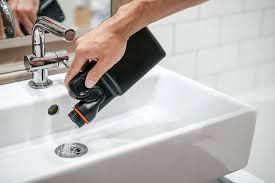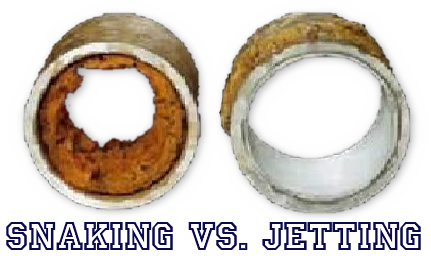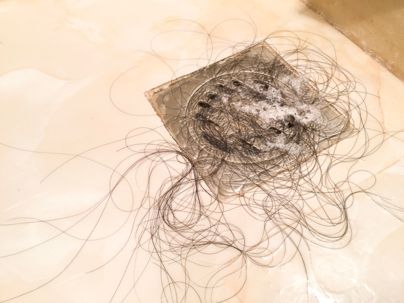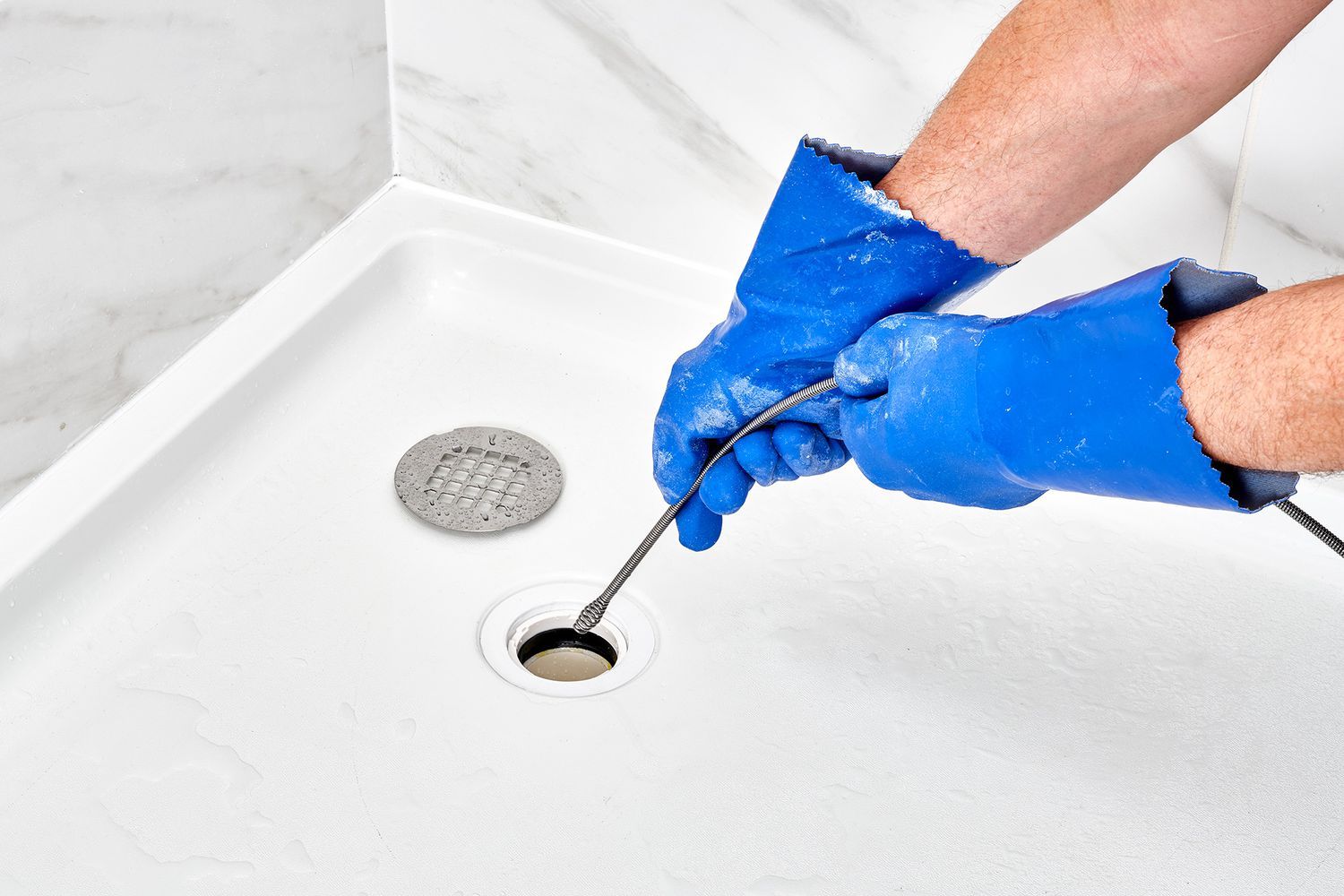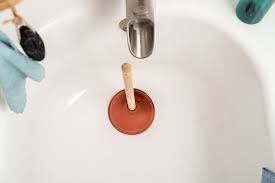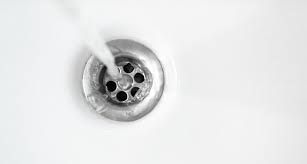How to Choose a Reliable Sewer Line Replacement Service
Sewer line issues are among the most disruptive and costly plumbing problems a homeowner can face. Whether due to aging pipes, root intrusion, or severe clogs, a malfunctioning sewer line can lead to unsanitary conditions, unpleasant odors, and potential property damage. When replacement becomes necessary, selecting a reliable service provider is crucial. A professional and trustworthy company ensures the job is done efficiently, safely, and with long-term results. This guide will help you navigate the process of choosing the right sewer line replacement service, covering key factors such as expertise, transparency, technology, and cost-effectiveness.
"The Benefits of Regular Sewer Line Maintenance"
Understanding the Causes of Sewer Line Failure
Before seeking a replacement service, it’s essential to understand the common causes of sewer line failure. This knowledge helps homeowners make informed decisions when discussing solutions with service providers.
- Aging Pipes – Older homes often have sewer lines made of clay, cast iron, or Orangeburg pipes, which deteriorate over time. Corrosion and wear can lead to leaks or collapses.
- Tree Root Intrusion – Roots from nearby trees can grow into sewer lines, causing blockages and structural damage.
- Severe Clogs and Grease Buildup – Over time, waste, grease, and debris accumulate in pipes, restricting flow and leading to backups.
- Ground Shifting or Construction Damage – External factors such as soil movement, nearby construction, or natural disasters can crack or displace sewer lines.
- Poor Initial Installation – If the sewer line was not installed correctly, it may suffer from misalignment, weak joints, or improper materials, leading to premature failure.
Key Factors to Consider When Choosing a Sewer Line Replacement Service
1. Experience and Credentials Matter
When dealing with sewer line replacement, hiring a company with a proven track record is essential. Look for professionals with years of experience in the field, as this indicates they have handled various situations and can troubleshoot unexpected issues. Verify their licensing and certifications to ensure they meet industry standards. Membership in plumbing associations or accreditation from the Better Business Bureau can further validate their credibility.
2. Technology and Methods Used
A reliable service provider should offer modern, efficient, and minimally invasive solutions. Trenchless technology, such as pipe bursting and cured-in-place pipe (CIPP) lining, can reduce excavation and preserve landscaping. Ask about the methods they use and whether they employ video camera inspections to diagnose the problem accurately before proceeding with a full replacement.
3. Transparent Pricing and Written Estimates
Sewer line replacement can be costly, so transparency in pricing is vital. A trustworthy company provides a detailed, written estimate outlining the scope of work, labor costs, materials, and potential additional charges. Be cautious of companies that offer quotes over the phone without inspecting the problem first. Comparing multiple quotes from different providers can help ensure you receive a fair and competitive price.
4. Insurance and Warranty Policies
A reputable company should carry proper insurance, including liability and workers’ compensation, to protect both you and their employees in case of accidents. Additionally, inquire about warranties on labor and materials. A strong warranty indicates confidence in their workmanship and provides peace of mind that any future issues will be addressed without additional costs.
5. Customer Reviews and Reputation
One of the best ways to assess a company’s reliability is by checking customer reviews and testimonials. Look for consistent positive feedback regarding punctuality, professionalism, quality of work, and customer service. Google Reviews, Yelp, and the company’s website can offer insights into their reputation. If possible, ask for references from past clients who have had similar work done.
The Risks of Choosing the Wrong Sewer Line Replacement Service
Selecting the wrong company can result in costly mistakes, extended repair times, and further damage. Here are some potential risks:
- Poor Workmanship – An inexperienced or careless contractor may install pipes incorrectly, leading to leaks or misalignment.
- Overcharging or Hidden Fees – Unscrupulous companies may present a low initial quote but add unexpected charges later.
- Use of Low-Quality Materials – Inferior materials may degrade quickly, requiring additional repairs within a few years.
- Lack of Proper Permits – Failing to secure necessary permits can lead to legal complications and fines.
- Damage to Property – Excessive excavation due to outdated techniques can ruin landscaping, driveways, or foundations.
Bonus Tips for a Hassle-Free Sewer Line Replacement Experience
- Ask About Emergency Services – Some companies offer 24/7 emergency services in case of urgent sewer line failures.
- Verify Local Compliance – Ensure the company adheres to local plumbing codes and regulations.
- Inquire About Financing Options – Since sewer line replacement is a significant investment, some companies offer financing plans to ease the financial burden.
- Check for Eco-Friendly Options – Some companies use sustainable materials and trenchless methods to minimize environmental impact.
Conclusion: Making the Right Choice for Your Home
Choosing a reliable sewer line replacement service requires careful research and consideration. By prioritizing experience, transparency, advanced technology, and strong customer reviews, you can ensure that the job is done right the first time. A professional service provider not only resolves immediate issues but also prevents future complications, saving you time and money in the long run. When faced with sewer line problems, taking the time to select the right company is an investment in your home’s safety, functionality, and peace of mind.
